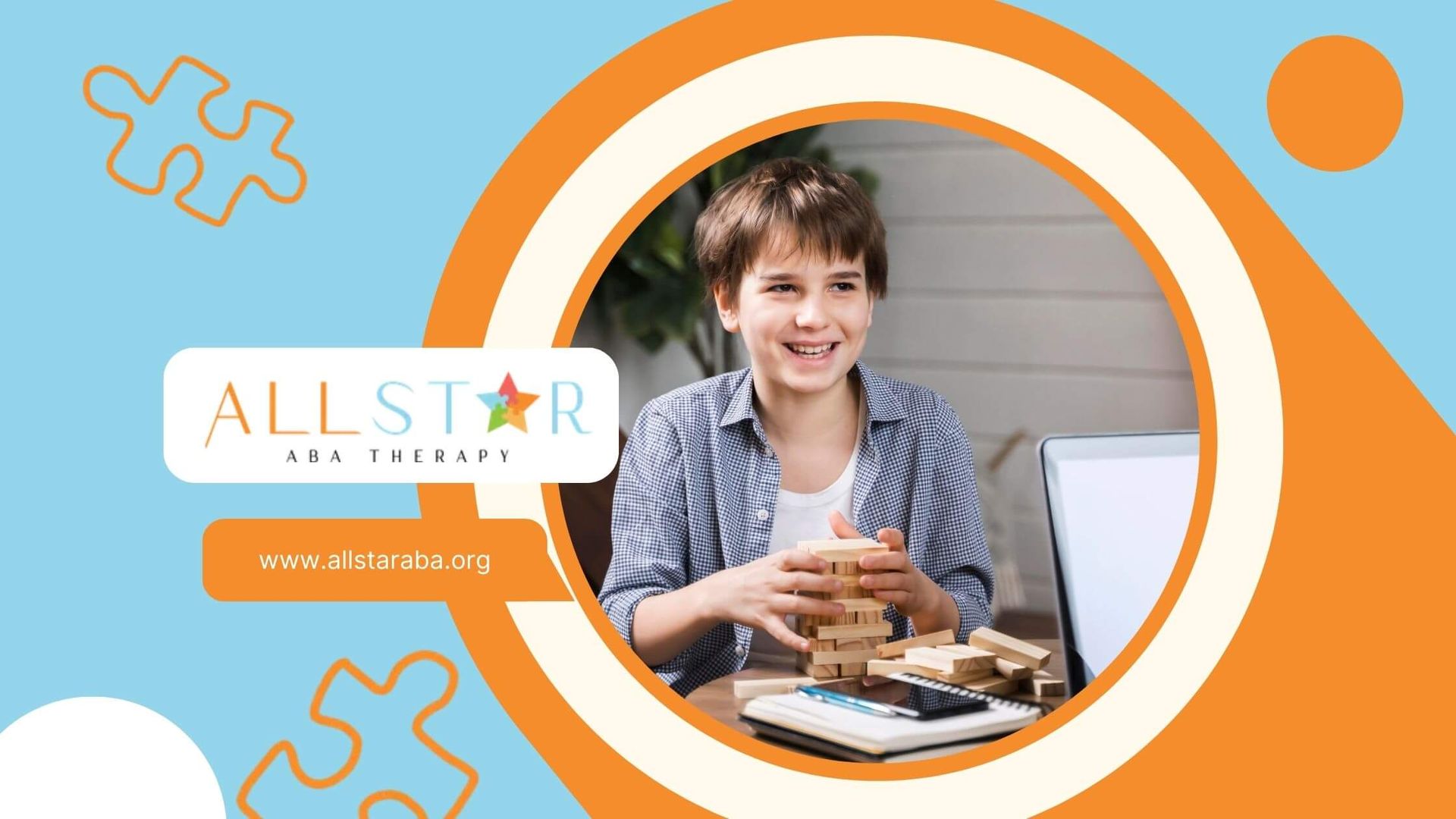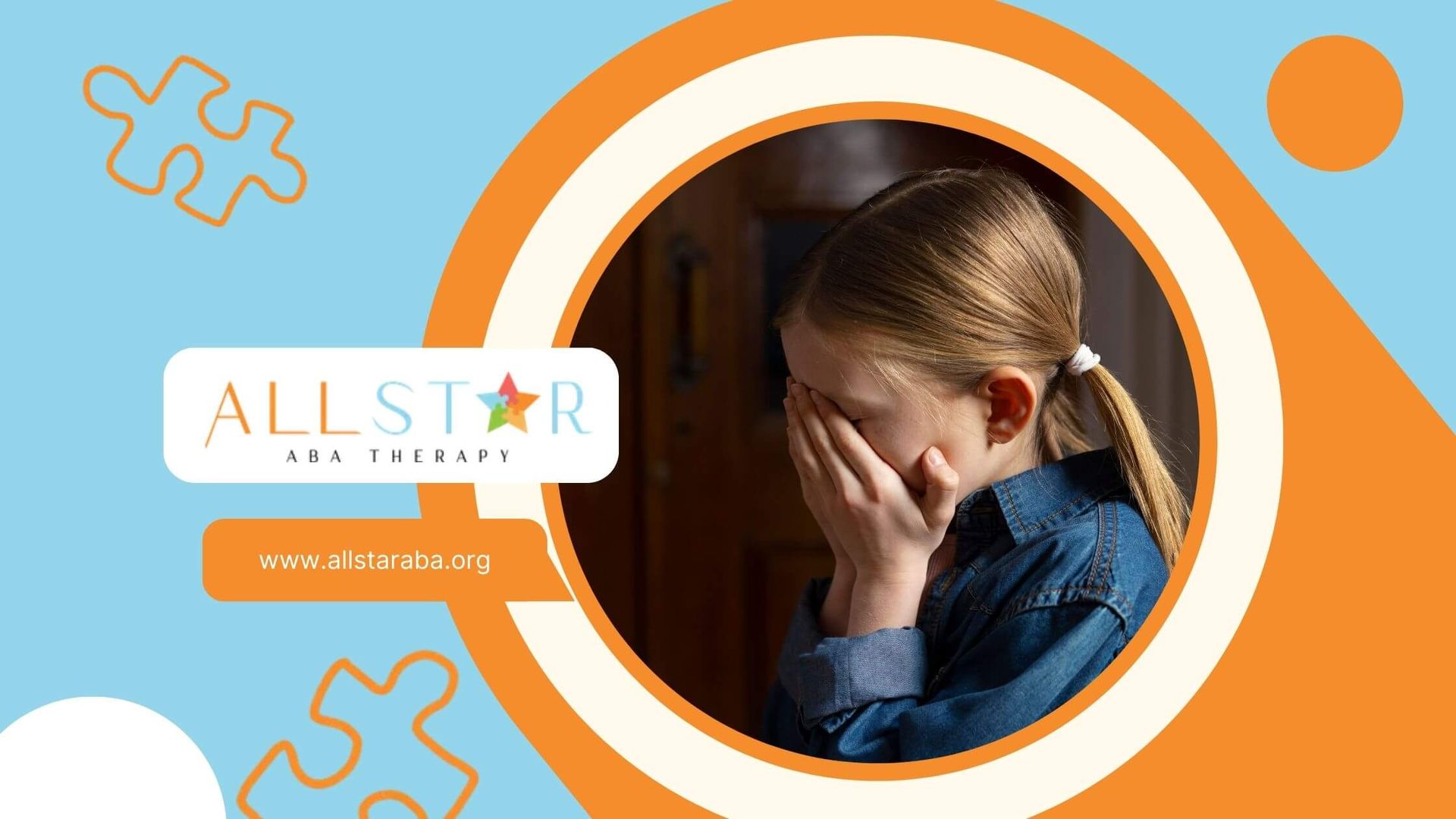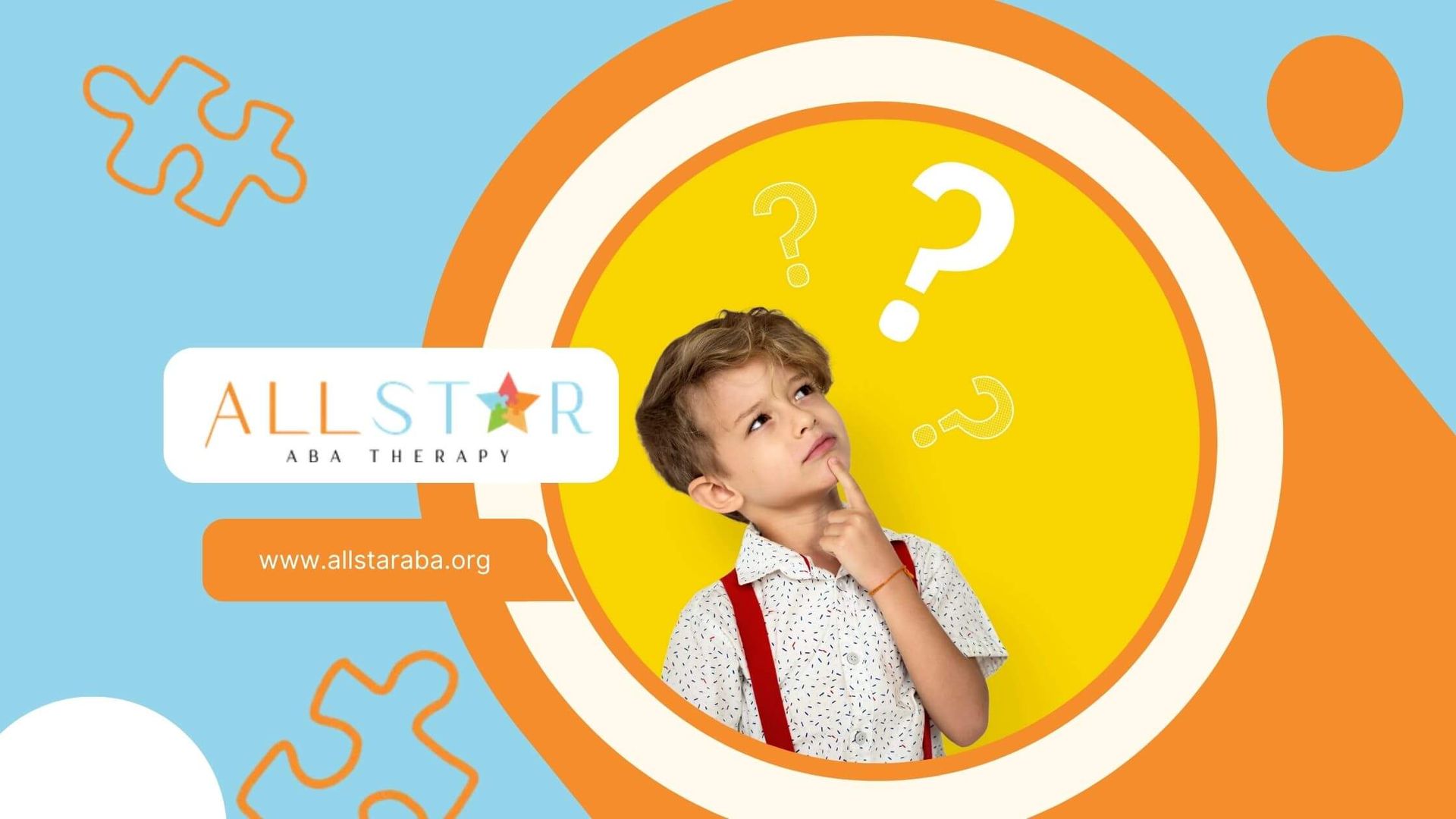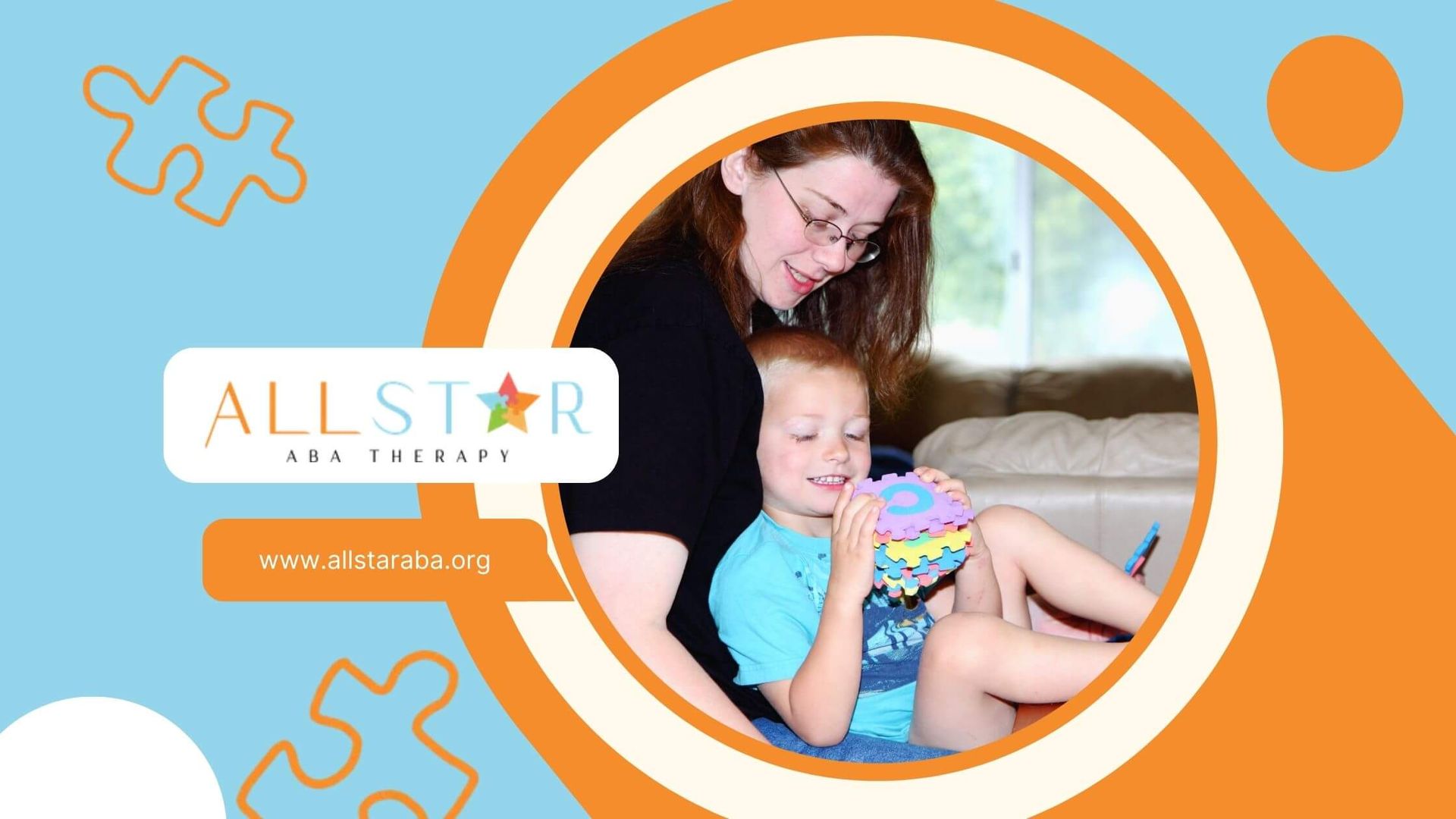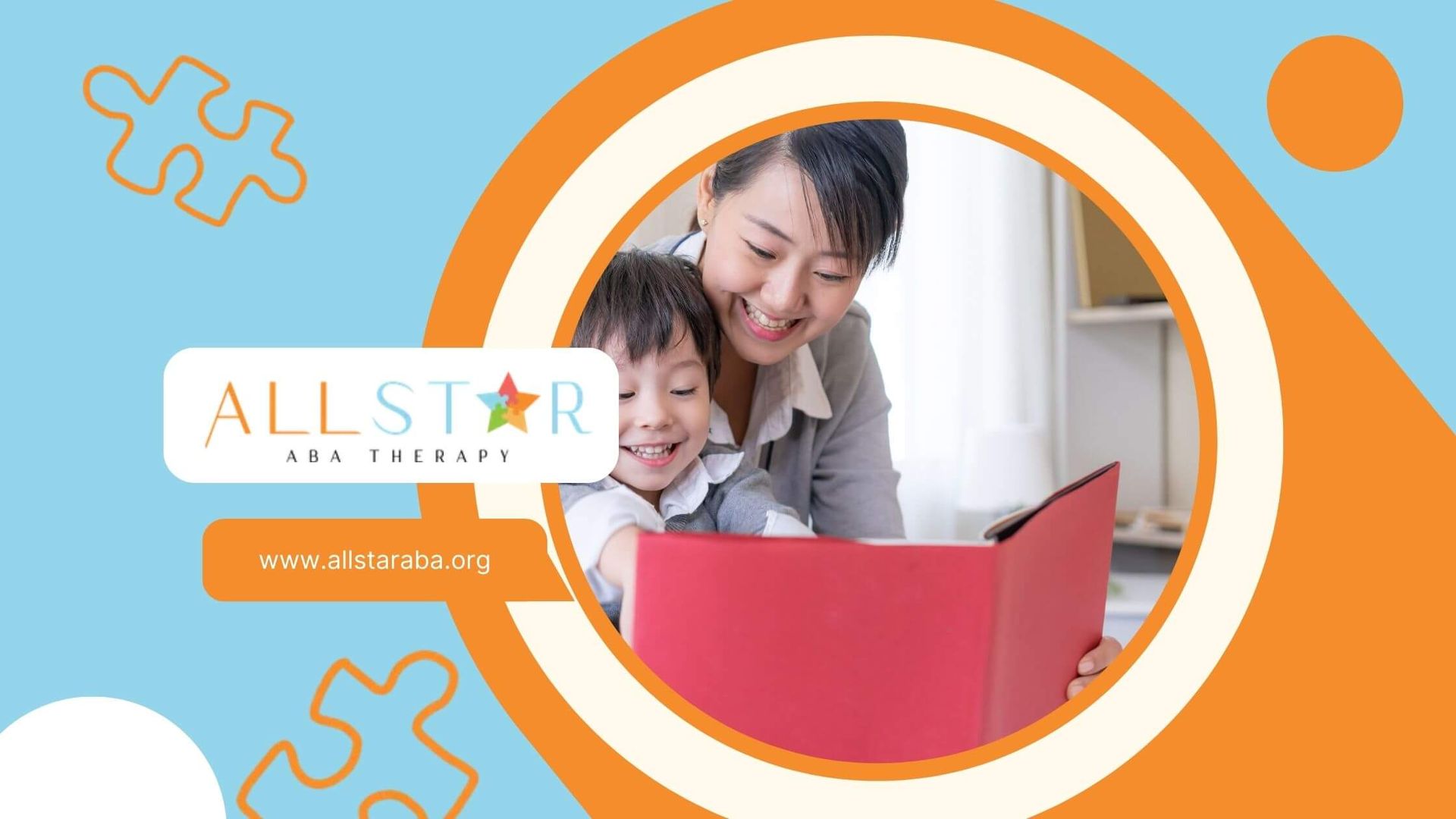New Paragraph
Is Non-Verbal Autism Permanent?
Key Highlights
- Non-verbal autism describes individuals on the autism spectrum who do not rely on spoken language for communication, affecting their ability to interact traditionally.
- Its permanence is contingent on factors like early intervention, access to therapies, and the unique developmental pathway of each person.
- Genetic mutations, neurological variations, and environmental influences are contributing factors to non-verbal autism.
- Communication alternatives, including AAC methods like picture exchange communication systems and sign language, empower nonspeaking individuals.
- Many nonverbal children may achieve language development with tailored therapies.
- Continuous autism research is uncovering strategies to enhance communication capabilities and long-term outcomes for nonverbal autistic individuals.
Hearing that a child is “non-verbal” can feel final. But for many families, that diagnosis is just the start of a journey toward finding other ways to connect.
I provided in-home ABA therapy in Baltimore for a child named Adam who was completely non-verbal at age five. With intense, play-based ABA and AAC devices, his communication opened up.
While he never became fully verbal, his confidence in using his tablet to share his needs changed his life—and his family’s.
Understanding Non-Verbal Autism
Non-verbal autism is a type of autism spectrum disorder (ASD) where a person does not develop functional spoken language.
About 25–30% of autistic children fall into this category. Some may never speak at all, while others say just a few words inconsistently.
In my experience as a BCBA, I’ve worked with children who didn’t speak at age 3 but later developed the ability to express themselves using words, especially with strong early intervention plans.
For others, progress came through tools like AAC devices, which allowed them to communicate effectively without ever becoming verbal.
Key Characteristics
The main challenge in non-verbal autism is limited or absent speech. However, communication doesn’t stop there. Many nonspeaking children use facial expressions, gestures, or AAC devices to connect with others.
You might also see:
- Delayed or absent speech development
- Repetitive use of words (echolalia) without meaningful communication
- Co-occurring challenges like apraxia of speech
- Sensory sensitivities and rigid routines
Spotting these early can lead to better support and stronger outcomes. For example, one child I worked with never made eye contact or responded to his name at 18 months.
With early speech and occupational therapy, he began using picture exchange systems within a year and is now thriving in a supportive classroom.
How Non-Verbal Autism Differs From Other Types of Autism
Not all autistic individuals struggle with speech. Some may be highly verbal but face other challenges, like understanding social cues. Others fall in between, sometimes called "minimally verbal."
Non-verbal children typically have more profound difficulties with typical social interaction and may show developmental delays earlier. These differences shape the types of support needed.
What Causes Non-Verbal Autism?
Genetic Factors
Genetic mutations play a large role. Conditions like Fragile X Syndrome and tuberous sclerosis are linked to a higher risk of profound autism.
Research continues to uncover specific genetic markers that influence brain development and communication. If autism runs in your family, early developmental screening is essential.
Neurological and Environmental Influences
Some children show delayed brain response to sound, especially in language-processing areas like the cortex. These delays often correlate with speech difficulties.
Environmental risk factors may include:
- Low birth weight
- Exposure to toxins during pregnancy
- Advanced parental age
- Premature birth
It’s rarely just one cause—most often, it’s a combination of genes and environment.
Communication Options for Non-Speaking Children
Augmentative and Alternative Communication (AAC)
AAC systems like the Picture Exchange Communication System (PECS), speech-generating devices, and sign language are powerful tools. In therapy, we often start with PECS to teach basic requests like “I want juice,” and gradually build complexity.
I remember a 4-year-old client who had no words but lit up the first time he used an iPad-based AAC app to choose between snacks. That small win was a huge step toward independence.
Other Therapies That Help
Therapies that don’t rely on speech can also make a difference:
- Music therapy engages the brain and encourages expression
- Animal-assisted therapy builds emotional connection and regulation
- Play-based ABA therapy fosters social and communication growth naturally
Progress takes time, but with a tailored plan, many children improve their ability to connect and express their needs.
Can Non-Verbal Children Learn to Speak?
Yes — some non-verbal children do go on to develop speech, especially with early and consistent support. However, results vary widely. Therapy is most effective when:
- Started early (before age 4)
- Customized for the child
- Involves caregiver participation
We often track speech emergence across different age ranges. Here's a helpful reference:
| Age Range | Likelihood of Speech Development | Recommended Approach |
|---|---|---|
| 1–3 years | High | Early intervention and structured therapy |
| 4–6 years | Moderate | Consistent AAC method integration |
| 7+ years | Lower likelihood | Focus on alternative communication tools |
Even when verbal speech doesn’t develop, communication can still flourish through AAC, sign, or other tools.
What Impacts Long-Term Progress?
Several factors affect a child’s long-term communication potential:
- Early autism diagnosis and intervention
- Type and intensity of therapy
- Access to resources and trained professionals
- Family involvement
- Underlying cognitive or neurological conditions
In some cases, speech develops slowly but steadily into adolescence. In others, AAC becomes the most reliable method. Either way, communication is always possible — and valuable.
Conclusion
Non-verbal autism is complex and different for every individual. Some children remain nonverbal throughout life, while others gain functional speech with therapy and time.
The key is understanding each child’s strengths and building support around their unique needs. With the right approach — whether verbal or through alternative communication — every autistic person can find their voice.
At All Star ABA, we specialize in supporting children with autism—including those who are non-verbal. Our dedicated team of BCBAs and therapists use evidence-based strategies to help every child communicate, connect, and thrive.
Whether your child is just beginning therapy or needs a personalized approach to language development, we’re here for you every step of the way.
Contact us today to schedule a consultation and learn how in-home and center-based ABA therapy services can support your child’s growth.
Frequently Asked Questions
Is non-verbal autism always permanent?
Not every case of non-verbal autism will stay the same forever. Some people on the autism spectrum do not speak, but others get better with words over time. This change can happen with the right help. Early diagnosis and regular therapy are very important. They help people on the autism spectrum build their language skills and communication abilities as the years go by.
At what age is it likely that a non-verbal child will start speaking?
Speech development in nonverbal children on the autism spectrum can be different for every child. Early intervention is very important and can help a lot. Many children show the best progress with speech between 1 and 6 years old. After age 7, it is common to use alternative communication methods to help the child build good language skills and connect with others.
Can therapy help non-verbal autistic children communicate?
Yes, speech therapy is very important for helping with communication in nonverbal autism. It uses methods like AAC tools, play-focused strategies, and planned activities to improve communication skills. These sessions are made just for each child. This helps with language development and makes it easier for autistic children to connect with others.
Sources:
- https://www.nm.org/healthbeat/healthy-tips/nonverbal-autism-what-it-means
- https://www.healthline.com/health/autism/nonverbal-autism
- https://www.autismspeaks.org/expert-opinion/seven-ways-help-your-child-nonverbal-autism-speak
- https://pmc.ncbi.nlm.nih.gov/articles/PMC7377965/
- https://www.autism.org.uk/advice-and-guidance/topics/about-autism/autism-and-communication
- https://www.autismparentingmagazine.com/when-is-a-child-considered-nonverbal/
Need Support?
We're Here to Help!
Our experienced team is ready to assist you. Reach out today to discuss how we can support your child's development and well-being.
Get started with expert ABA therapy today.



